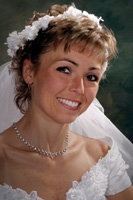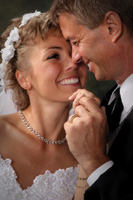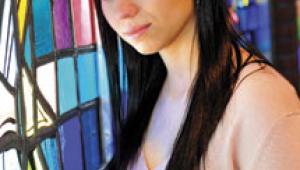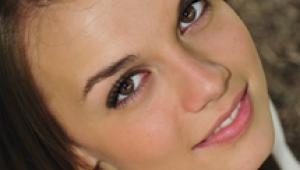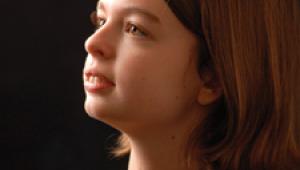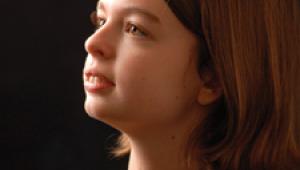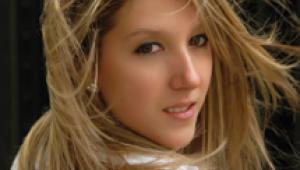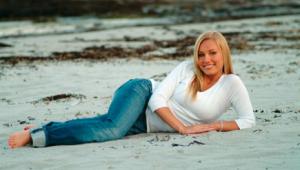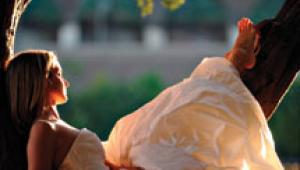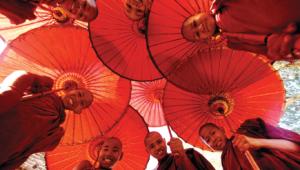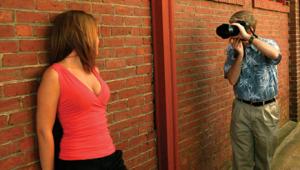Formal Bridal Portraiture
A Posing Guide For The New Elegance
The pendulum swings both ways. The world is ready for a return to good portraiture. It's obvious by the signs of the times...the demand, the sales! Fine portraiture has been around for a gazillion years. It will never disappear. Formal studio portraiture is not dead. It has only had a slump. Why? Because so many photographers have been afraid to go there. What a lot of photographers don't realize is that formal portraiture doesn't have to be made in the studio. It can be done on location and/or outdoors. The whole idea is that photographers need to understand the basics of posing and lighting before they can hope to achieve success anywhere. |
|||
For that reason I've
prepared a series of studio portraits to give you an idea of what you
can do with a little study and a lot of practice. The main props that
you'll need are a couple of posing stools, possibly a posing table,
and the ability to control light. In the studio it's easy to direct
light. Window light on location is easy to control, also. Outdoors it's
necessary to get under cover, so that the light can come from a specific
direction. Other than that there's no reason why every photographer
can't take a little time and get big rewards. |
|||
Lighting Setup |
|||
3/4 Length Seated Bride |
|||
Same Pose--2/3
View Of The Face Bride With Arms On
Table Hands Up To Her Face |
|||
Profile |
|||
2/3 View Of Face--Lighting
Still In Profile Position |
|||
Full Face--Light
In Profile Position Still |
|||
Couple Looking At Their
Rings Together Close-Up Of Hands And
Rings |
|||
He Touches His Lips
To Her Fingers Fun Picture--Seemingly
Totally Unposed! |
|||
You don't have to do all of these portraits every time you photograph a bride and groom. I, personally, do take all of these pictures and sometimes more. A few of them are large in the albums for the couple and their parents, while some go two or three to a page. These photographs can be made on location indoors or outdoors, whatever your preference or the couple's. The thing to remember is that each and every bride and groom are entitled to nice portraits of themselves, regardless of what they think about formal portraiture. Monte's Gear |
|||
I like Photogenic's
light heads because they are lightweight and fit into small Mini Apollos
by Westcott. I use two in the Mini Apollos and two behind the bride to
light the background and her veil. The two Apollos are both on Westcott
boom arm stands, allowing me to place the lights where necessary without
my having to worry about getting the light stands in the picture. Of course
I use the Monte Illuminator. It's a Westcott silver/black reflector
and/or gobo. |
- Log in or register to post comments






